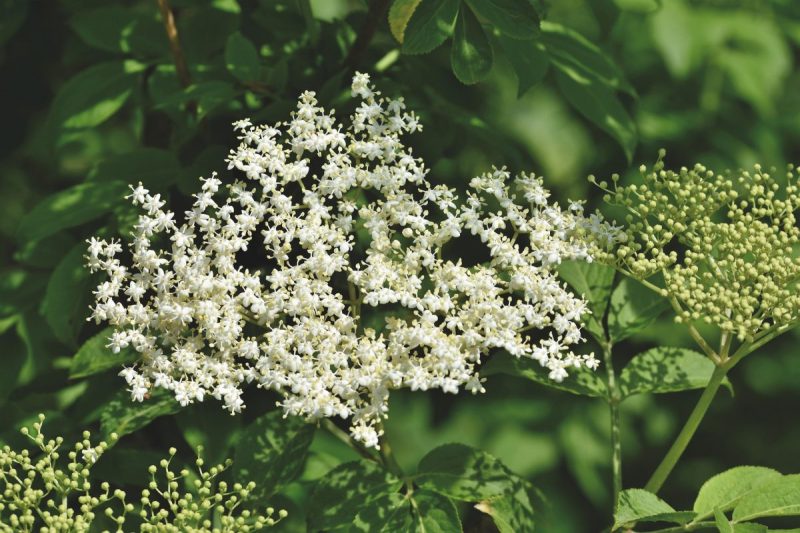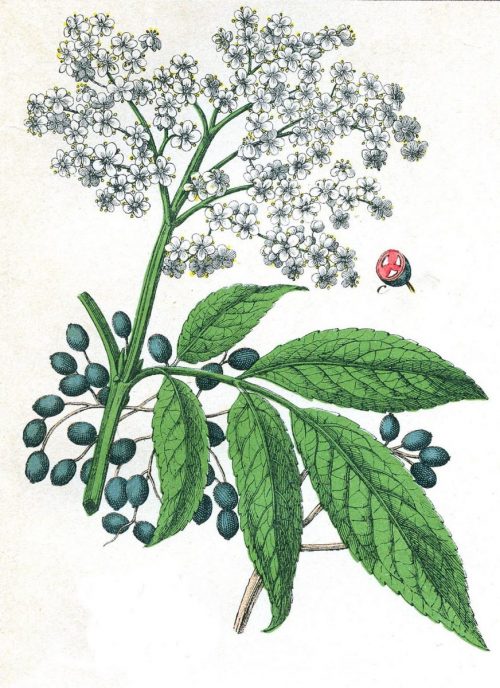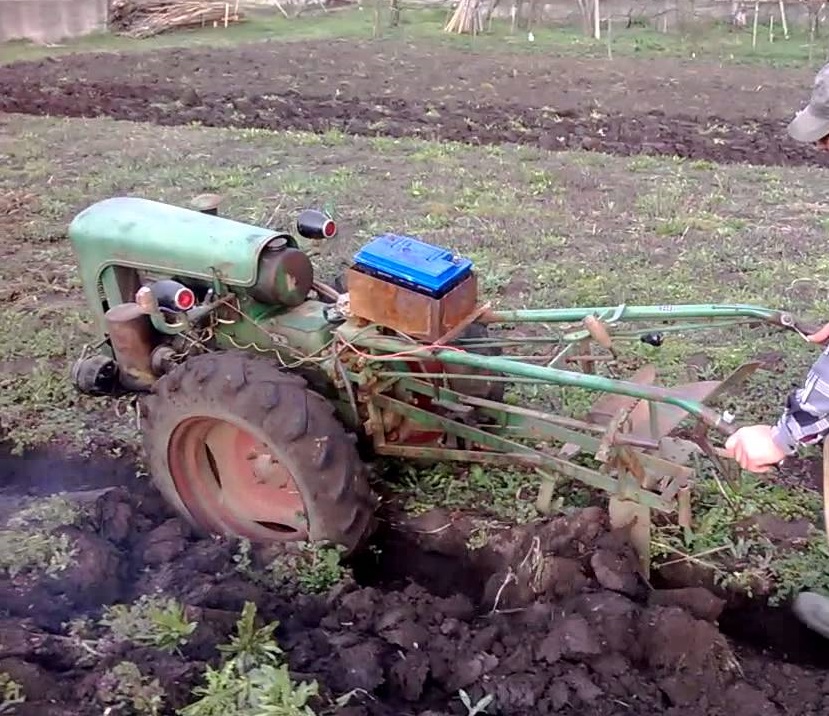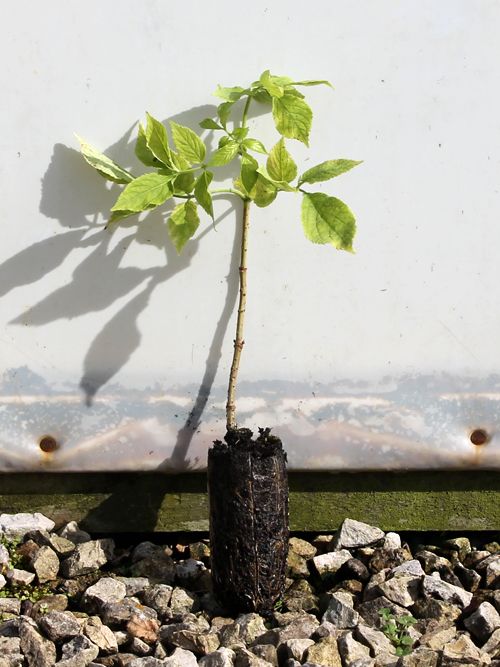Elderberry, planting, growing and harvesting

Elderberry (Sambucus nigra) is a species that is part of the Caprifoliaceae family. It was introduced into the culture due to its fruits, but it is also used by landscapers, being planted in parks, gardens, or other recreational areas. The flowers contain volatile oils and carbohydrates. The fruits are rich in anthocyanins and contain many vitamins. The products obtained from elderberry flowers and fruits have a vitaminizing, emollient effect and strengthen the body’s immune system. Warning!! Elderberry fruits eaten in large quantities can cause digestive upset, nausea, or even seizures.
Growing and fruiting particularities
It grows as a shrub with various numbers of stems and can reach heights exceeding 9 m. The leaves are drooping, compound, and oppositely arranged, with lanceolate leaflets, with slightly serrated edges.
The flowers are small, white, pleasantly fragrant, arranged in an umbel-like inflorescence. For pollination, it is recommended to plant several varieties in the plot. The fruits are globular and black, and reach eating maturity at the end of July.
Climate and soil requirements
It withstands low winter temperatures well, but during the growing season, it can be affected by late frosts. Elderberry does not tolerate direct sunlight and prefers semi-shaded or even shaded places. It prefers fertile soils, with a loamy texture that can ensure the high need for humidity.
Soil preparation
For planting elderberry plants, avoid acidic soils and those with low nutrient content. Plant on land that is not in direct sunlight and that can provide the necessary moisture. The soil must be cleared of the prior crop, and the plant residues must be incorporated by plowing to a depth of 18 – 20 cm or by harrowing with disc harrows.
One month after the land has been cleared, you can fertilize. After this, plow at a depth of 30 – 40 cm, followed by two passes with a disc harrow to loosen the soil. If the soil is heavily weeded, apply a non-selective herbicide.
Recommended products
-
You can find products on a different store
Change Store -
You can find products on a different store
Change Store -
You can find products on a different store
Change Store -
You can find products on a different store
Change Store -
You can find products on a different store
Change Store -
You can find products on a different store
Change Store -
You can find products on a different store
Change Store -
You can find products on a different store
Change Store -
You can find products on a different store
Change Store -
You can find products on a different store
Change Store -
You can find products on a different store
Change Store -
You can find products on a different store
Change Store -
You can find products on a different store
Change Store -
You can find products on a different store
Change Store -
You can find products on a different store
Change Store -
You can find products on a different store
Change Store -
You can find products on a different store
Change Store -
You can find products on a different store
Change Store -
You can find products on a different store
Change Store -
You can find products on a different store
Change Store -
You can find products on a different store
Change Store -
You can find products on a different store
Change Store -
You can find products on a different store
Change Store -
You can find products on a different store
Change Store
Planting
The best time for planting is autumn when the shrubs are dormant. If, for some reason, autumn planting is not possible, planting can be done in spring, but the chances of success are lower. Use well-rooted cuttings purchased from trustworthy sources or authorized nurseries. It is recommended to use the following planting scheme: 3.5 m between rows and 3 m between plants per row. After establishing the planting scheme, stake out the field, which consists of marking the position of each plant on the field with a stake. The next steps are digging the pits and planting. The holes can be made by hand or with a tractor and drill and have dimensions of 40 x 40 x 40 cm.
Before planting, it is necessary to prepare the planting material. The root system needs to be trimmed, removing dry or injured roots. This way, the shrub will have a healthy root system when planted. In order to encourage the shrubs to grip, you can place the roots in a mixture of yellow soil, cow dung, and water.
Care works
Fertilization. It can be done with organic fertilizers (decomposed manure). Annually, you can also apply complex fertilizers and foliar fertilization.
Recommended products
-
You can find products on a different store
Change Store -
You can find products on a different store
Change Store -
You can find products on a different store
Change Store -
You can find products on a different store
Change Store -
You can find products on a different store
Change Store -
You can find products on a different store
Change Store -
You can find products on a different store
Change Store -
You can find products on a different store
Change Store -
You can find products on a different store
Change Store -
You can find products on a different store
Change Store -
You can find products on a different store
Change Store -
You can find products on a different store
Change Store -
You can find products on a different store
Change Store -
You can find products on a different store
Change Store -
You can find products on a different store
Change Store -
You can find products on a different store
Change Store -
You can find products on a different store
Change Store -
You can find products on a different store
Change Store -
You can find products on a different store
Change Store -
You can find products on a different store
Change Store -
You can find products on a different store
Change Store -
You can find products on a different store
Change Store -
You can find products on a different store
Change Store -
You can find products on a different store
Change Store
Irrigation. Elderberry is a species with high water requirements and should be irrigated whenever water requirements are not provided by rainfall. In drought conditions, flower and fruit yields decrease considerably. You can use either drip or sprinkler irrigation.
Pruning. Immediately after planting, the cuttings must be shortened to 30-35 cm, to encourage branching and the development of new branches. In spring, choose 2-3 stems placed evenly on the stem and shorten to 2/3 of the length. In the following year, choose another 5-6 stems (on the same principle), and shorten the main branches by 2/3 of their length.
Recommended products
-
You can find products on a different store
Change Store -
You can find products on a different store
Change Store -
You can find products on a different store
Change Store -
You can find products on a different store
Change Store -
You can find products on a different store
Change Store -
You can find products on a different store
Change Store -
You can find products on a different store
Change Store -
You can find products on a different store
Change Store -
You can find products on a different store
Change Store -
You can find products on a different store
Change Store -
You can find products on a different store
Change Store -
You can find products on a different store
Change Store -
You can find products on a different store
Change Store -
You can find products on a different store
Change Store -
You can find products on a different store
Change Store -
You can find products on a different store
Change Store -
You can find products on a different store
Change Store -
You can find products on a different store
Change Store -
You can find products on a different store
Change Store -
You can find products on a different store
Change Store -
You can find products on a different store
Change Store -
You can find products on a different store
Change Store -
You can find products on a different store
Change Store -
You can find products on a different store
Change Store
Harvesting
Elderberry flowers can be harvested once they are in bloom and can be used to prepare the well-known elderberry juice. The fruits reach maturity after the end of July, and the harvest can be done manually, by cutting off the blossoms and placing them in boxes. Do not eat fresh fruits because they can cause digestive problems. After processing, the fruits can be eaten and are very tasty.


















































































































































































































































































































































































































































